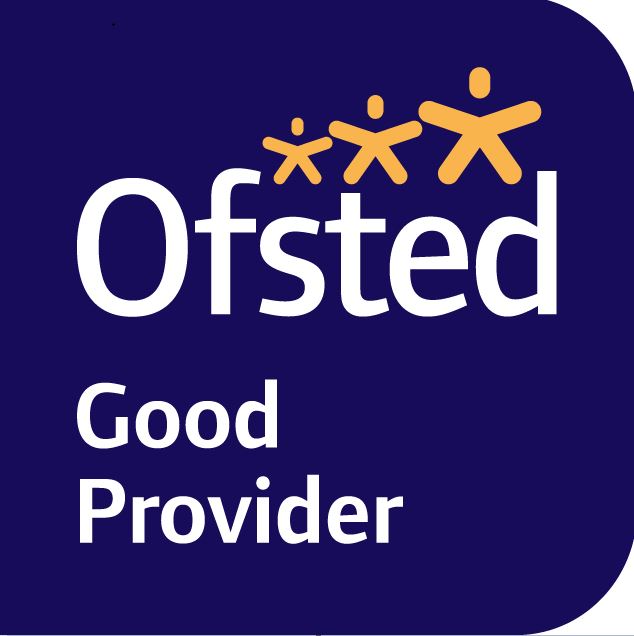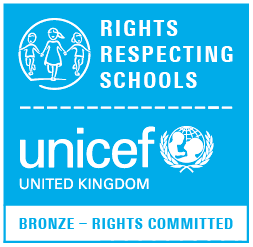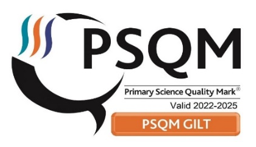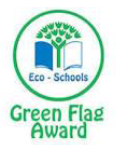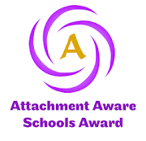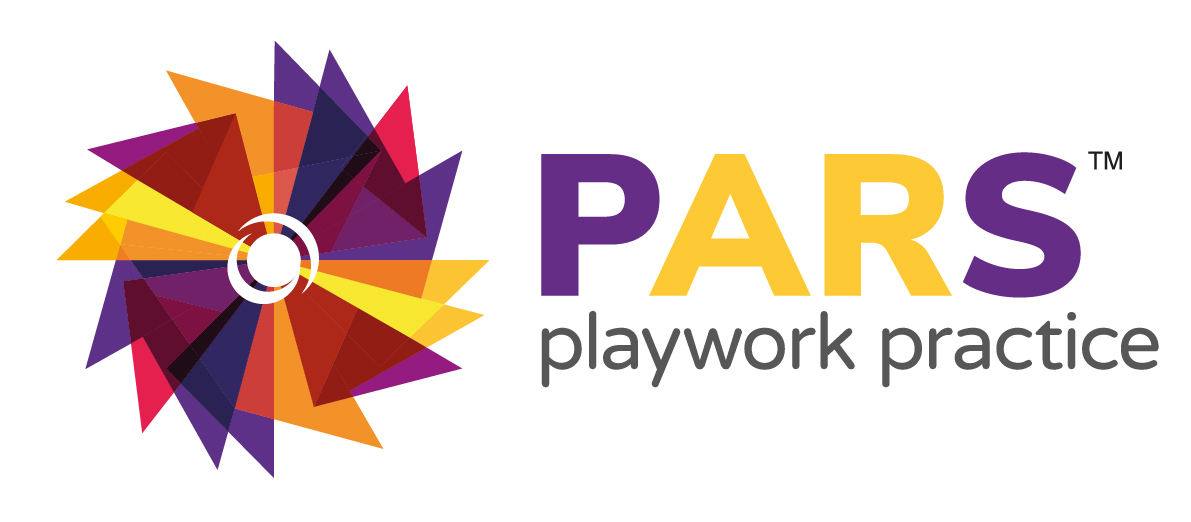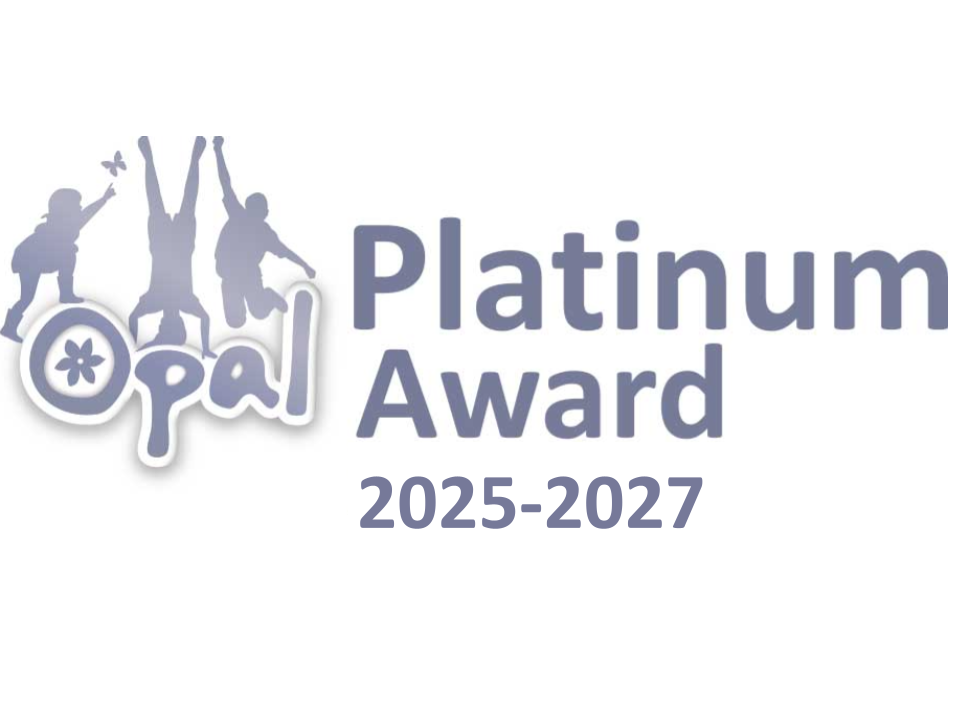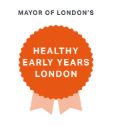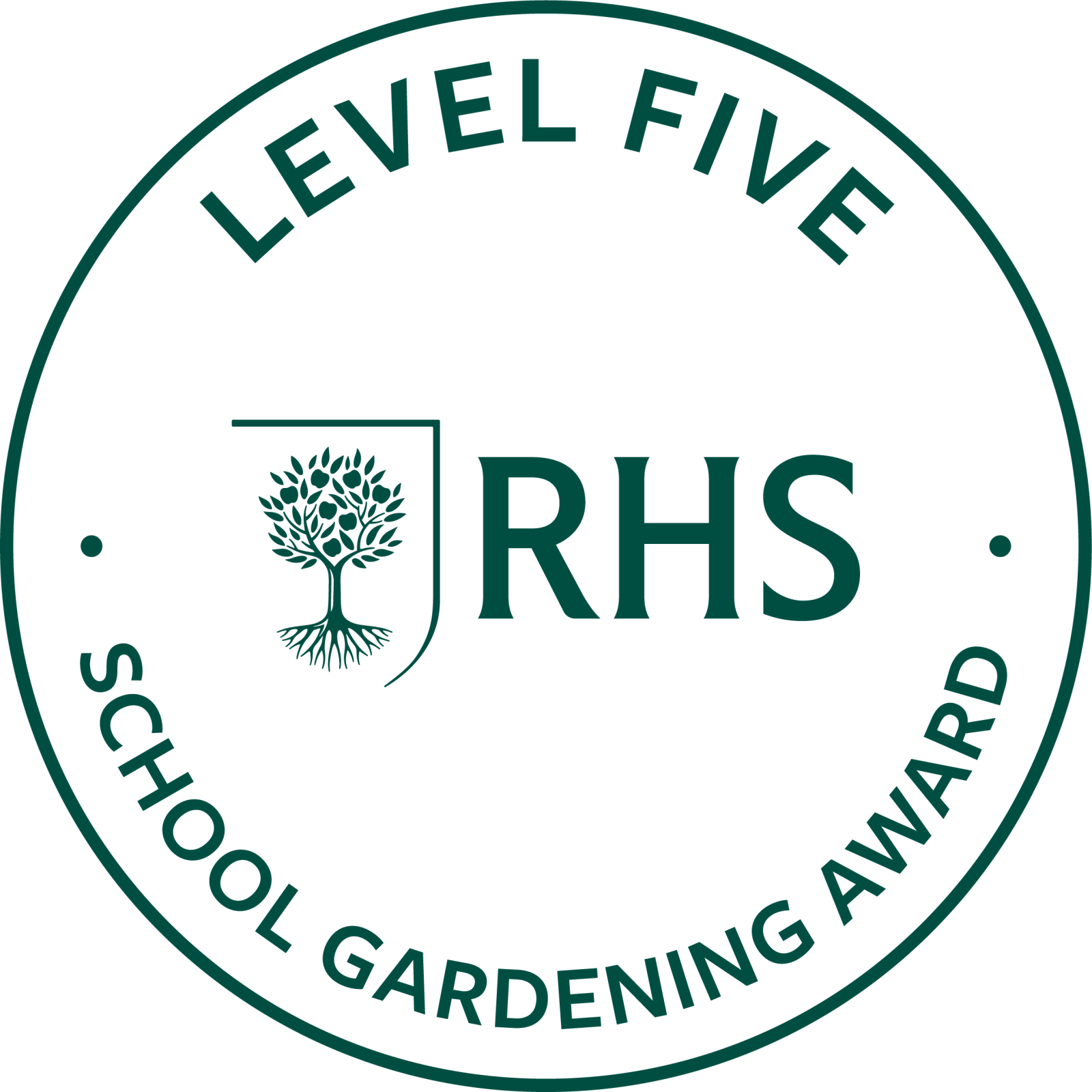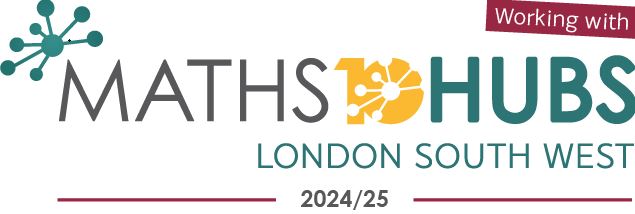Music
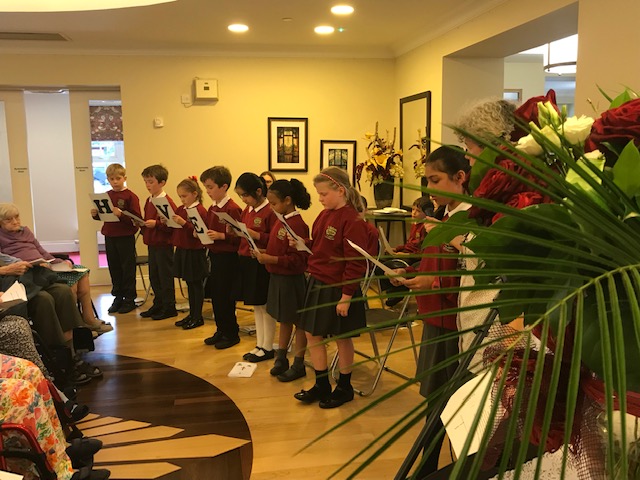
Our Vision for Music
Our vision for music at St Matthew’s involves all children and infuses school life. We accommodate a range of musical styles and genres to help learners develop an appreciation for global variety. Alongside music lessons, we incorporate music into school life through the rhythms and routines of each day. Children learn to exercise their musical talents in the classroom, during Collective Worship, through Prayer & Praise and as members of the Infant or Junior choirs. Performance opportunities allow them to develop both confidence and finesse in public settings. They learn to love music as a unique, universal language, with all its creative beauty and stirring, emotive power. Our music curriculum is intended to encompass the best of the old and new across all cultures; it extends – in its implementation- beyond the classroom, and its impact is written into the DNA of our school community.
Our Music Curriculum
Our music curriculum has its roots in two complimentary schemes: Charanga and BBC’s Ten pieces. These allow us to fulfil statutory requirements; they also enable our young musicians to acquire a developed understanding of interrelated musical dimensions: pitch (high or low), duration (length of notes), dynamics (volume), timbre (type of sound), tempo (speed of music), structure (order of notes), texture (layers of sound) and notation (symbols for sounds). In September 2023, we adapted our Charanga offer to include a majority of units from ‘The English Model Music Curriculum’, with more songs to choose from and a greater emphasis on musical notation in UKS2. Foundational, formative and inspirational – The BBC’s Ten Pieces furnish our young musicians with a magnificent selection of acclaimed classics. Our specialist music teacher delivers a weekly lesson to each class. These incorporate vocal, instrumental and compositional activities, and culminate in an assessed performance at the end of each half term.
EYFS
EYFS
The Early Years Statutory Framework sets out seven important areas of learning and development: the prime areas (Communication & Language; Physical development; Personal, Social and Emotional Development) provide a foundation for learning and forming relationships; the specific areas (Literacy, Maths, Understanding the World, Expressive Arts & Design) help to strengthen and develop the prime areas, and ignite children’s curiosity and enthusiasm.
At the end of the year, Music is formally assessed under Expressive Arts & Design (either as ‘emerging’ or ‘expected’.) We consider each children’s ability to sing a range of well-known nursery rhymes and songs; to perform songs, rhymes, poems and stories with others, and - when appropriate – to try to move in time with music.
Furthermore, our philosophy is to weave the teaching and learning of music across these seven interconnected areas at every available opportunity. In our pedagogy and practice, we affirm language as ‘the tool of tools’ (Lev Vygotsky & John Dewey) and recognise that ‘learning floats on a sea of talk’ (Douglas Barnes 1978). We therefore use music as a vehicle for developing fundamental expressive language skills.
Music is taught discretely (within daily routines and singing opportunities) and explicitly (during the weekly music lesson). Throughout, children are taught foundational musical concepts such as pulse, rhythm, tempo and pitch. The language of ‘high’, ‘low’, ‘fast’ and ‘slow’ is introduced, as children learn to imitate the pitch of modelled singing, and move their bodies in time with the musical flow of songs. They engage with a wide range of music genres, as well as exploring traditional rhymes, tales and instruments from around the world (e.g. the digeridoo). Musical elements (melodies and songs) are considered in our choice of topics (e.g. Carnival of the Animals) in order to enhance the learning experience. Each half term, the children explore two projects from the Cornerstone curriculum through the lens of a single theme:
Autumn 1: Autumn Skies and Apple Pies (Me and My Community & Exploring Autumn)
Autumn 2: Special Delivery (Once Upon a Time & Sparkle and Shine)
Spring 1: Winter Delights and Chilly Nights (Starry Night & Winter Wonderland)
Spring 2: Spring Hours and Blossoming Flowers (Signs of Spring & Ready, Steady Grow)
Summer 1: Carnival of the Animals (Creep, Crawl and Wriggle & Animal Safari)
Summer 2: Summer Days and Sunshine Rays (Big Wide World & Splash)
In the Autumn term, children learn to sing songs and rhymes that relate to these particular topics, core texts used within English and the celebration of Christmas. The Spring term introduces children to songs that connect to the Easter, and spring. During the Summer, the children become familiar with Charanga for the first time. They listen to, appraise and learn about the song ‘Big Bear Funk’, and learn to move to the music. As children explore classroom percussion instruments, the interplay between rhythm and pitch is constantly emphasised.
KS1
In KS1, children develop musicianship through listening and responding, singing, playing instruments, improvising, composing and performing. We consider ‘pulse’ as the (often ‘steady’) rhythmical heart-beat which runs through songs, and children use body percussion, both to identify and maintain a steady musical beat. All KS1 learners have access to tuned and untuned instruments; these prompt basic distinctions in their minds between rhythmic patterns and pitch patterns. Children learn to recognise the difference between long and short sounds, and the types of sound that different instruments make. Charanga provides opportunities to identify both orchestral and band instruments within songs. Conversations about the language of music become more explicit, as children discuss feelings that songs can stir up, and summarise what musical lyrics communicate. They begin to understand that composing is like writing a musical story.
Lower KS2
Across KS2, we raise the profile of particular musical elements: pulse, rhythm, pitch, tempo, dynamics, timbre, texture and structure. We introduce the language of time signatures to quantify the beats that run through sections of music, and refer to 2/4, 3/4 and 4/4 time. Children explore the beginnings of formal notation; they see that symbols are used to represent sounds, and ultimately, they learn that music has its own written language. Our young musicians then have a context in which to explore the basics of semibreves, minims, crochets, quavers and their equivalent rests. Using tuned and untuned instruments, children improvise to create simple rhythmic and melodic patterns. Musical horizons broaden as children in Year 4 cohort also enjoy a weekly visit from Kingston Music Service, who deliver Djembe drumming lessons. Themes within songs are discussed, as children comment on the effects that repeated melodic sequences can have on listeners: these discussions are discreet opportunities for them to consider perceptible differences between major and minor tonality in songs.
Upper KS2
In UKS2, the children listen and respond to music with 5/4 and 6/8 time signatures. All have opportunities to copy rhythmic patterns made of dotted minims, crotchets, quavers and semiquavers ‘by ear’, while the more advanced musicians may do so from notation. We discuss the structure of music with reference to the verses, bridge, instrumental breaks, and choruses. AB (Binary) form is contrasted with ABA (Ternary) form (e.g. ‘Greensleeves’ compared to ‘Walking in a Winter Wonderland’). Musical textures are explored as children compare the layers of sound that distinguish – for example - solos from Gospel choirs, Rock bands, symphony orchestras and A cappella groups; they also learn to identify instruments by ear.
st matthews church of england primary school school music development plan 2024 25.pdf


